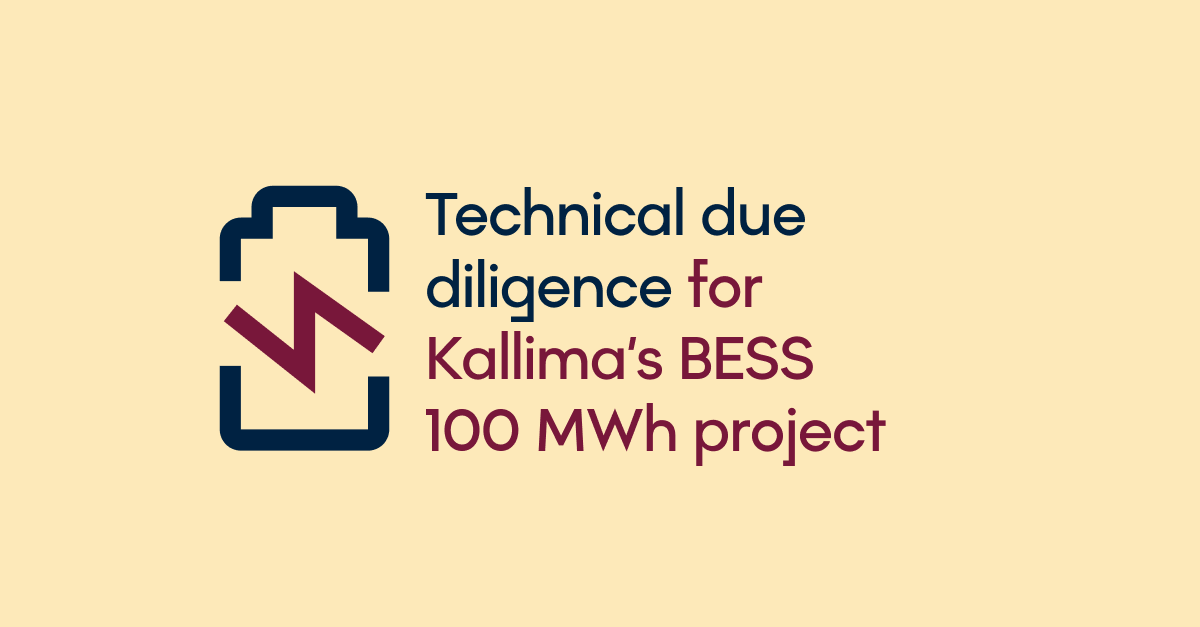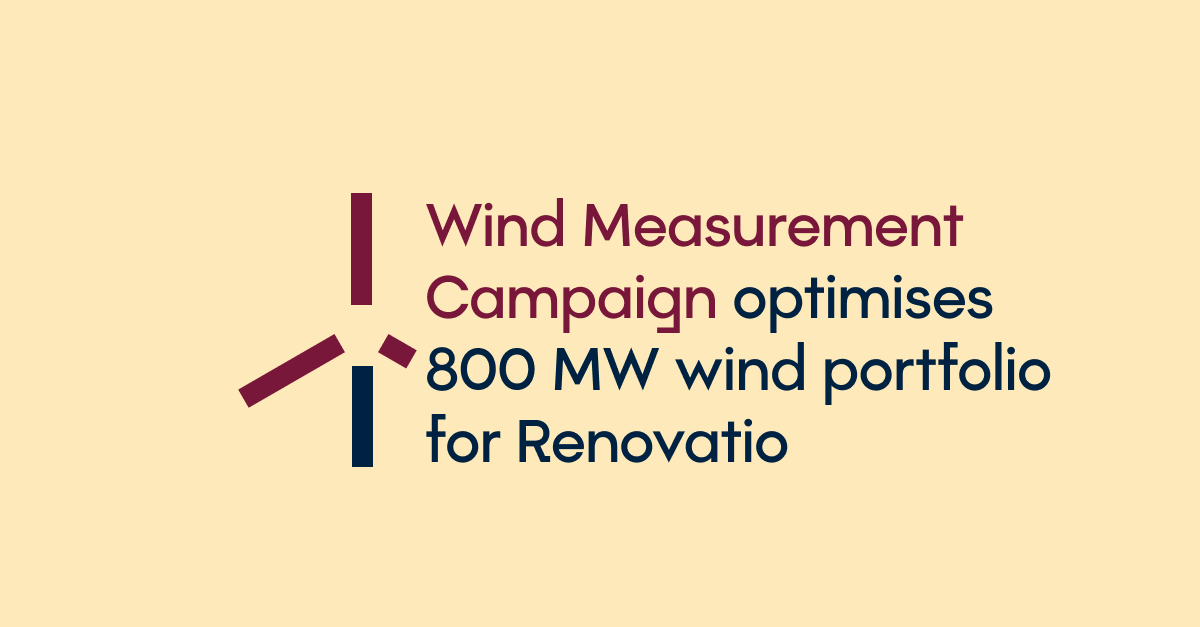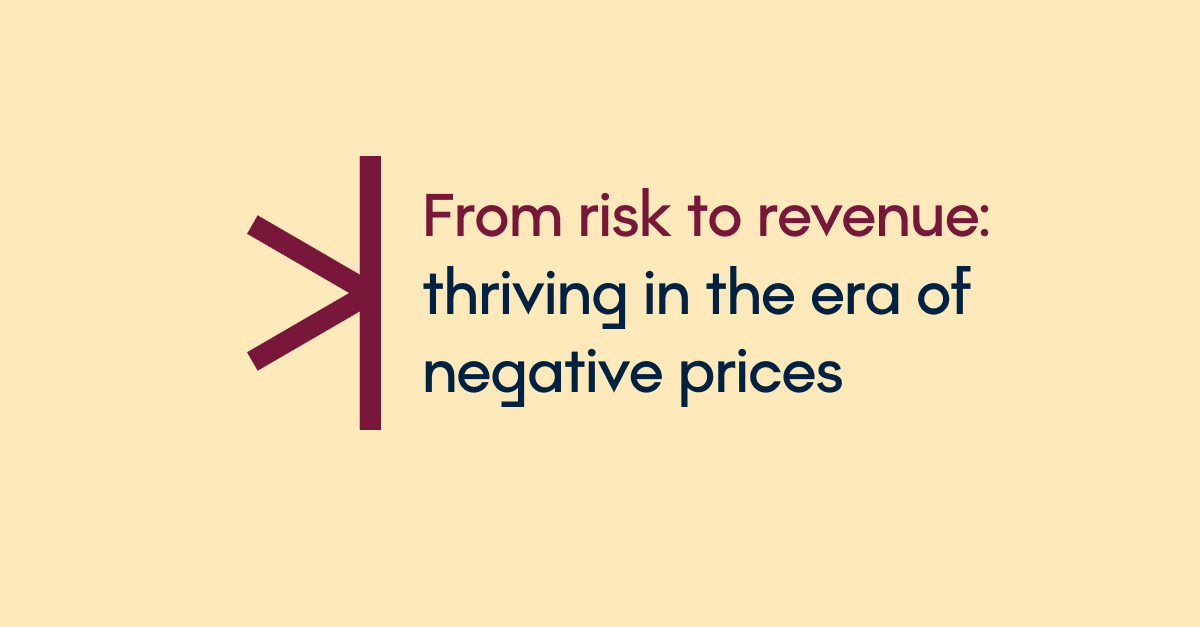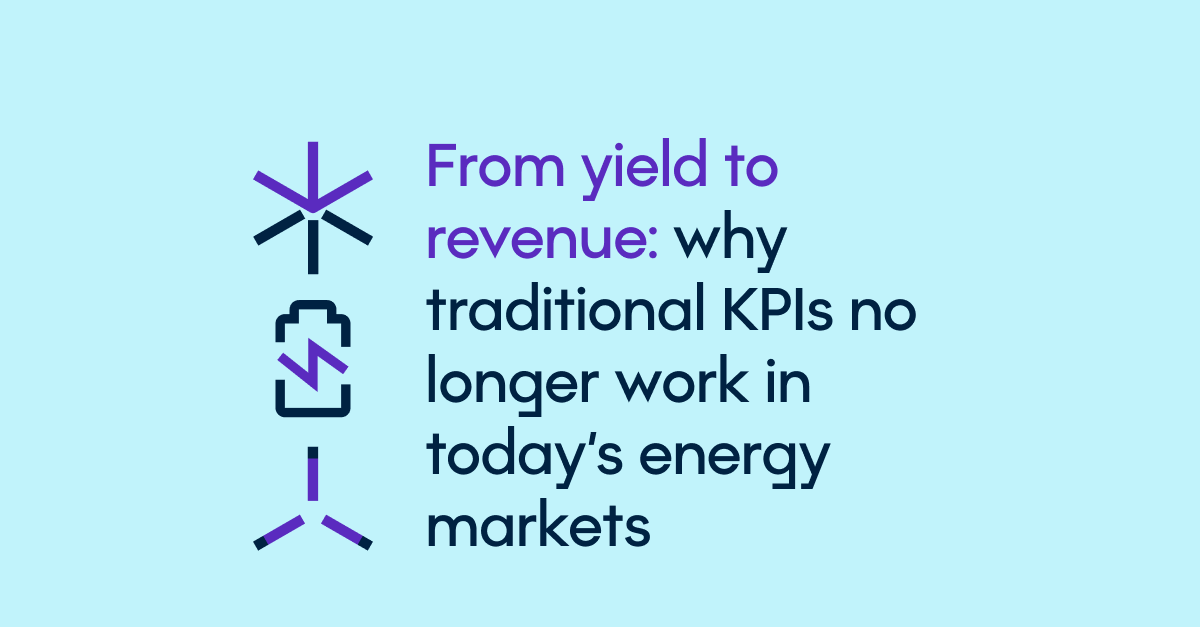The July 2019 heatwave was a period of exceptionally hot weather in Europe, breaking all-time high temperature records in Belgium, Germany, Luxembourg, the Netherlands and the United Kingdom. But what about solar insolation and solar PV energy generation?
The Solar Index Maps of June and July 2019 (developed with satellite resource data enhanced by 3E’s solar data) show record-breaking levels of solar insolation in many countries compared to the long-term average between 2004 and 2018. Even though higher solar insolation results in higher solar PV energy generation, extremely high temperatures actually have a negative impact on solar PV energy generation.
June & July 2019

Understanding the maximal effect of a PV module and its reaction to heat
The maximal power or “nameplate capacity” of PV modules is expressed as watt-peak (Wp) under Standard Test Conditions. Those Standard Test Conditions are defined at 25 ºC solar cell temperature with 1000 W/m2 solar irradiance under an air mass of 1.5. Solar irradiance higher than 1000 W/m2 means higher output power as long as PV module cell temperature does not exceed 25°C. When it does, PV module’s output power decreases.
Today’s most commonly used PV modules have a temperature coefficient of around -0.5 %/ºC. This means that the energy output goes down by ca. 0.5% with every Celcius degree above 25°C (module cell temperature).
High temperatures and solar power generation
When ambient temperature reaches 40ºC, as registered in Belgium in July 2019, the solar cells of an average solar installation with good ventilation can easily reach 65ºC or more. As a result, the output power decreases by ca. 20%. Moreover, inverters also suffer from these high temperatures if they are not correctly ventilated.
With over 3 GWp of solar capacity installed, Flanders reached its peak of PV energy generation on 28 June 2019 with 19.6 GWh. In contrast, on 25 July 2019 despite the excellent insolation conditions, the solar output amounted to 15.5 GWh only due to record-breaking ambient temperatures of around 40°C (see illustration below). As explained above, this ca. 21% difference in PV power generation is due to these high temperatures.

A new record was broken on Saturday, 10 August 2019 when the solar and onshore wind production in Flanders generated 29.2 GWh covering 23.5% from the total daily electricity consumption (see illustration below).
The electricity prices on the Belgian market even became negative during this time (source: https://www.belpex.be)

Check it out for yourself on: https://apps.energiesparen.be/stroomvoorspeller






















